Word - Ravenscroft School WWW2 Server
advertisement
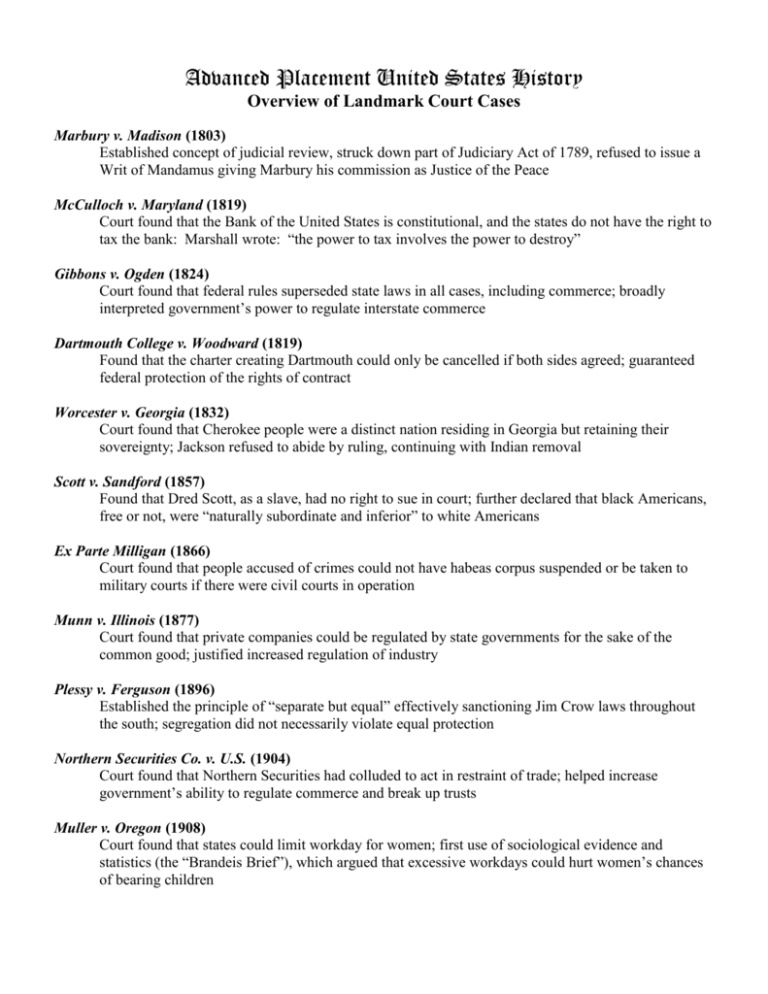
Advanced Placement United States History Overview of Landmark Court Cases Marbury v. Madison (1803) Established concept of judicial review, struck down part of Judiciary Act of 1789, refused to issue a Writ of Mandamus giving Marbury his commission as Justice of the Peace McCulloch v. Maryland (1819) Court found that the Bank of the United States is constitutional, and the states do not have the right to tax the bank: Marshall wrote: “the power to tax involves the power to destroy” Gibbons v. Ogden (1824) Court found that federal rules superseded state laws in all cases, including commerce; broadly interpreted government’s power to regulate interstate commerce Dartmouth College v. Woodward (1819) Found that the charter creating Dartmouth could only be cancelled if both sides agreed; guaranteed federal protection of the rights of contract Worcester v. Georgia (1832) Court found that Cherokee people were a distinct nation residing in Georgia but retaining their sovereignty; Jackson refused to abide by ruling, continuing with Indian removal Scott v. Sandford (1857) Found that Dred Scott, as a slave, had no right to sue in court; further declared that black Americans, free or not, were “naturally subordinate and inferior” to white Americans Ex Parte Milligan (1866) Court found that people accused of crimes could not have habeas corpus suspended or be taken to military courts if there were civil courts in operation Munn v. Illinois (1877) Court found that private companies could be regulated by state governments for the sake of the common good; justified increased regulation of industry Plessy v. Ferguson (1896) Established the principle of “separate but equal” effectively sanctioning Jim Crow laws throughout the south; segregation did not necessarily violate equal protection Northern Securities Co. v. U.S. (1904) Court found that Northern Securities had colluded to act in restraint of trade; helped increase government’s ability to regulate commerce and break up trusts Muller v. Oregon (1908) Court found that states could limit workday for women; first use of sociological evidence and statistics (the “Brandeis Brief”), which argued that excessive workdays could hurt women’s chances of bearing children Schenck v. U.S. (1919) Government can limit exercise of free speech if it represents a “clear and present danger” to the people or to the country; government is more free to limit speech during wartime Korematsu v. U.S. (1944) Court upheld right of the government to intern Japanese-Americans during a time of war; furthered notion that individual liberties differed during times of peace and war Brown v. Board of Education of Topeka, Kansas (1954) Separate but equal is inherently unconstitutional because it creates a social class system in which black students have fewer opportunities and are viewed as inferior; led to eventual desegregation of schools Gideon v. Wainwright (1963) Court found that all people accused have the right to counsel, even if they cannot afford it; guaranteed that rich and poor would be equally protected in court Miranda v. Arizona (1966) Police must explain of fifth amendment rights to accused; confessions that come in the absence of an explanation of these rights can be declared inadmissible New York Times Co. v. U.S. (1971) Court found that government could not violate freedom of the press by suppressing the publication of the Pentagon Papers; emboldened media to hold federal officials accountable for statements and actions Roe v. Wade (1973) Court found that laws restricting abortion violated a woman’s right to 14th Amendment due process protection
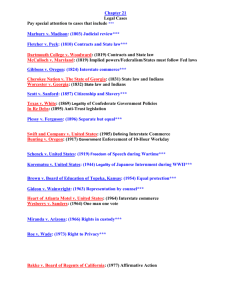






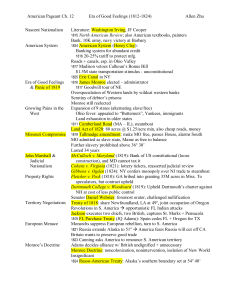
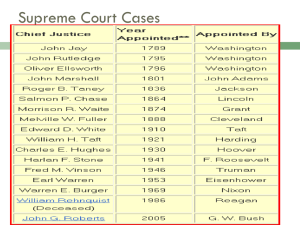
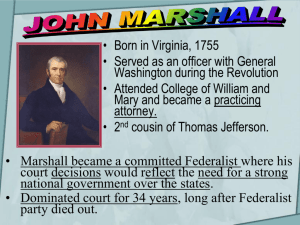
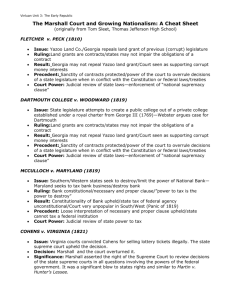
![[1] - Saflii](http://s3.studylib.net/store/data/009032204_1-b978fc25168c7ce076abba8bb8b80c7e-300x300.png)